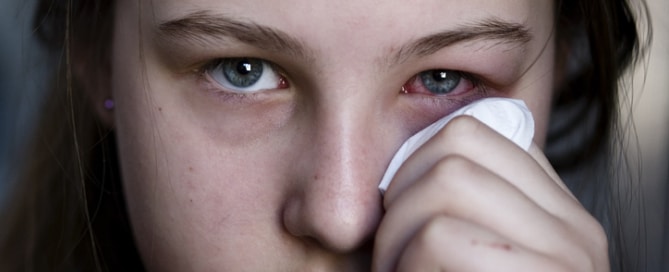We Can Get Your Face Zoom-Ready
In the past year, our approach to life has been drastically altered. A relatively large percentage of the population is now working from home. This has put hundreds of thousands of adults face to face with none other than themselves on a daily basis. If you’ve been on more Zoom or FaceTime calls than you […]
We Can Get Your Face Zoom-Ready Read More »




